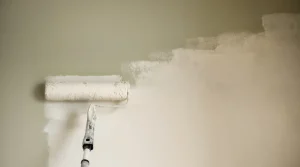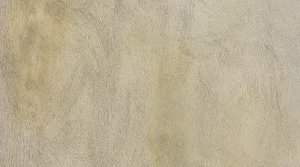Whether you’re sprucing up your living room, giving your home a facelift, or adding a splash of color to your workspace, choosing the right painter is crucial. A skilled painter can turn your vision into reality, transforming a blank canvas into a masterpiece. On the flip side, a bad painter can leave you with a botched job that’s more nightmare than dream. So, how can you distinguish between a good painter and a bad one? Let’s explore the key differences and discover eight tips to help you spot a bad painter and avoid a colorful catastrophe.
Infuse life into your living spaces with our expert house painting services. Quality and color converge beautifully – trust the artistry of New City House Painters
Differentiating the Good from the Bad
- Attention to Detail – A good painter pays attention to the finer details of a project. They take the time to prepare surfaces properly, fill in cracks, and ensure a smooth finish. On the other hand, a good painter might rush through these crucial steps, leading to a better result.
- Quality of Materials – The type of paint and materials a painter uses can significantly impact the final outcome. A good painter invests in high-quality paints and tools, ensuring durability and a professional finish. On the contrary, a bad painter might cut corners by opting for cheaper materials, resulting in subpar work that won’t stand the test of time.
- Precision in Cutting and Edging – A skilled painter demonstrates precision when cutting and edging, creating clean lines between walls, ceilings, and trim. Sloppy cutting and edging are telltale signs of a bad painter who lacks the necessary expertise and attention to detail.
- Consistency in Coverage – A good painter ensures consistent coverage, avoiding streaks, patches, or uneven coloring. In contrast, a bad painter may apply paint haphazardly, leaving behind a messy and inconsistent finish.
Detecting Signs of Poor Quality
- Drips and Splatters – Inspect the painted surfaces for drips and splatters. A professional painter takes measures to prevent these imperfections, while a bad painter may leave a trail of drips and splatters that diminish the overall quality of the job.
- Uneven Texture – Run your hands over the painted surface. A well-executed paint job should have a smooth and even texture. If you feel bumps, rough patches, or inconsistencies, it’s a red flag that the painter might need to apply the paint more evenly.
8 Tips to Determine if a Painter is Good or Bad
- Check References – Ask for references and follow up on them. A good painter will have satisfied customers willing to vouch for their expertise and professionalism.
- Inspect Previous Work – Request to see samples of the painter’s previous work. This will give you a firsthand look at their skills and the quality of their finished projects.
- Verify Licensing and Insurance – A reputable painter will be licensed and insured. Check for these credentials to ensure you’re working with a legitimate and responsible professional.
- Seek Recommendations – Ask friends, family, or neighbors for recommendations. Personal experiences and word-of-mouth referrals can be invaluable in finding a trustworthy painter.
- Get a Detailed Estimate – A good painter provides a detailed estimate outlining the work scope, materials, and costs involved. Be wary of vague estimates or overly low prices, as they may indicate a lack of professionalism.
- Assess Communication Skills – Effective communication is critical to a successful painting project. A good painter listens to your needs, communicates clearly, and provides updates throughout the process.
- Review Online Reviews – Check online reviews and testimonials. Platforms like Yelp or Google can offer insights into other customers’ experiences and help you gauge the painter’s reputation.
- Trust Your Instincts – Follow your gut if something doesn’t seem right. A bad painter may exhibit unprofessional behavior or seem hesitant to address your concerns. A good painter values open communication and strives to make the painting process a positive experience.
Choosing a painter is a decision that goes beyond aesthetics; it’s about ensuring a quality investment in your property. By understanding the distinctions between a good and bad painter and following the tips provided, you can confidently navigate the process. Don’t let a bad painter turn your vision into a painting nightmare. Arm yourself with knowledge, ask the right questions, and make an informed decision to transform your space into a work of art. Your walls will thank you for it!







